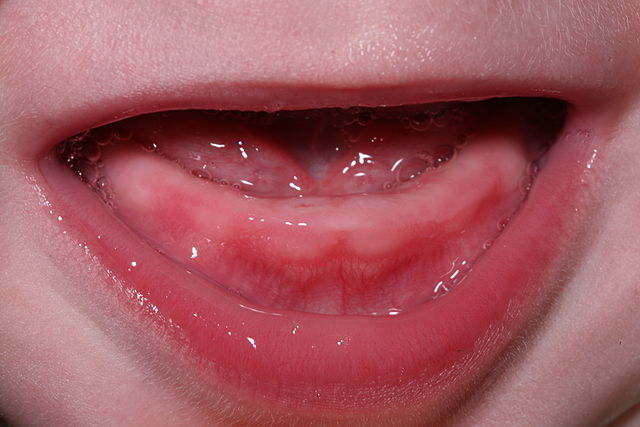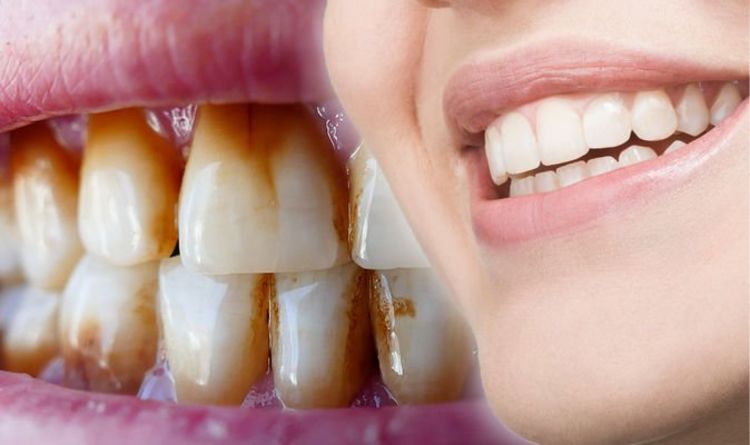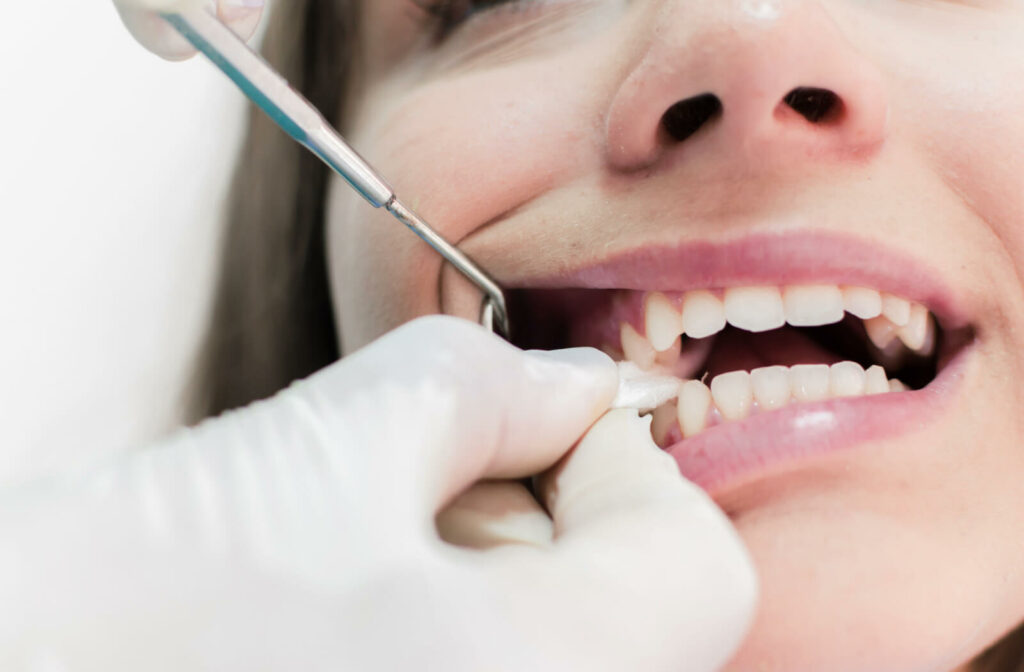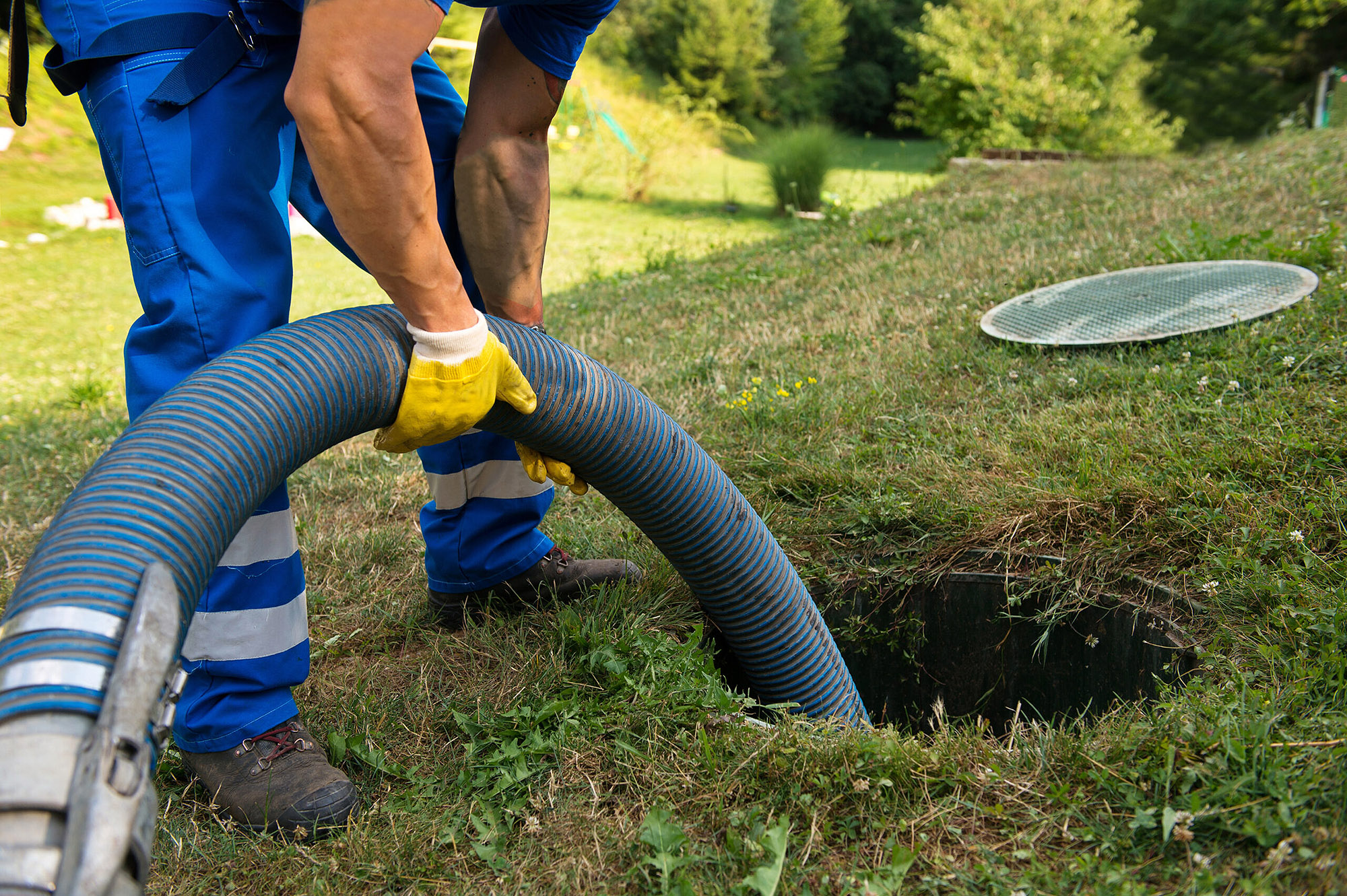The Grand Emergence: Unveiling the Timeline of Baby Tooth Eruption
Witnessing your baby’s first tooth erupt is a momentous occasion, marking a significant milestone in their growth and development. This tiny miracle is the culmination of a fascinating process that begins long before the tooth peeks through the gums. This comprehensive guide explores the fascinating journey of baby tooth eruption, delves into the timeframe for this process, and offers valuable tips for soothing teething discomfort.
Beneath the Surface: The Journey Before Eruption
Baby teeth, also known as primary teeth or milk teeth, begin developing in the jawbone during the very early stages of pregnancy. By the time a baby is born, the crowns (the visible portion of the teeth) of all 20 baby teeth are already fully formed and nestled within the jawbone. However, the roots are still developing.
Over the next few months, the roots continue to grow, and the teeth slowly begin to erupt through the gums. This process can cause discomfort for babies, known as teething.
The Eruption Timeline: When to Expect Those Gleaming Pearls
The timing of baby tooth eruption can vary slightly from child to child. Genetics and individual development play a role. Here’s a general timeline to provide a guideline:
- 6-10 Months: This is the typical timeframe for the eruption of the first tooth, usually the lower central incisors (the two front bottom teeth). However, some babies might not have any teeth erupt until closer to their first birthday, and this is still considered normal.
- 8-16 Months: The upper central incisors (the two front top teeth) typically erupt next, followed by the lateral incisors (the teeth flanking the central incisors) on both the upper and lower jaw between 9-16 months.
- 16-24 Months: The first molars (the back teeth used for grinding) usually erupt around 16-24 months, followed by the canine teeth (the pointed teeth) between 16-22 months.
- 24-30 Months: The second molars usually erupt by the time your child reaches 24-30 months old, completing the set of 20 baby teeth.
Important Note: This is a general timeframe, and there can be variations. If you have concerns about the timing of your baby’s tooth eruption, consult your pediatrician.
Signs of Teething: Recognizing the Discomfort
Teething can cause various symptoms in babies, including:
- Increased fussiness and irritability
- Drooling
- Chewing on objects
- Gum redness and inflammation
- Difficulty sleeping
- Mild fever (low-grade)
While teething can be uncomfortable for babies, it’s a natural part of their development. Here are some tips to soothe your teething baby:
- Teethers: Provide cool (not frozen) teething rings or cloths for your baby to chew on. The coolness can help numb the gums.
- Gum massage: Gently massage your baby’s gums with a clean fingertip. This can provide some relief from the pressure and discomfort.
- Chilled, mashed fruits and vegetables: Offer chilled, mashed fruits or vegetables (like apples or carrots) in a mesh feeder for your baby to suck on. The coolness and texture can be soothing.
- Over-the-counter pain relievers: If your baby seems particularly uncomfortable, consult your pediatrician about age-appropriate over-the-counter pain relievers like acetaminophen or ibuprofen.
Important Note: Always follow dosage instructions carefully and never give your baby aspirin unless specifically recommended by your pediatrician.
Beyond the Timeline: Addressing Teething Concerns
If you have concerns about your baby’s teething, here are some additional points to consider:
- Uneven Eruption: It’s common for teeth to erupt in pairs, but sometimes they might come in one at a time or in a seemingly random order. This is usually not a cause for concern.
- Missing Teeth by Age 1: If your baby doesn’t have any teeth by their first birthday, consult your pediatrician to rule out any underlying issues. However, late eruption within a reasonable range is still considered normal in some cases.
- Prolonged Teething Discomfort: If your baby’s teething discomfort seems excessive or prolonged, consult your pediatrician. They can help identify any potential complications and recommend additional strategies for managing the discomfort.
Beyond Eruption: Caring for Your Baby’s Smile Journey
Baby teeth play a crucial role in a child’s development. They aid in speech development, chewing, and proper jaw formation. Here’s how you can ensure your baby’s smile journey starts on the right foot:
- Oral Hygiene from the Start: Even before teeth erupt, you can establish good oral hygiene habits. Wipe your baby’s gums with a clean, damp washcloth after feedings to remove milk residue and prevent bacteria buildup.
- Teething Toys and Practices: Choose age-appropriate teething toys made from safe, non-toxic materials. Avoid teething jewelry or numbing gels unless recommended by your pediatrician, as they might pose choking hazards or contain numbing agents with potential side effects.
- Regular Dental Visits: Schedule your baby’s first dental visit by their first birthday or within 6 months of their first tooth erupting. This allows the dentist to assess their oral development, identify any potential issues early on, and guide you on proper oral hygiene practices for your child.
- Diet and Nutrition: Once teeth erupt, offer a balanced diet rich in nutritious foods that promote healthy teeth and gums. Limit sugary drinks and snacks that can contribute to tooth decay.
- Pacifier and Bottle Habits: While pacifiers and bottles can be comforting for babies, prolonged use can negatively impact oral development. Wean your baby off pacifiers and bottles by around age 1 to prevent misalignment of teeth.
Conclusion: A Smile for Every Stage
Witnessing your baby’s first tooth erupt is a beautiful milestone. By understanding the natural timing of baby tooth eruption, recognizing the signs of teething, and implementing proper oral hygiene practices from the start, you can ensure a healthy and happy smile for your child throughout their developmental journey. Remember, a healthy smile in childhood lays the foundation for good oral health throughout life.




